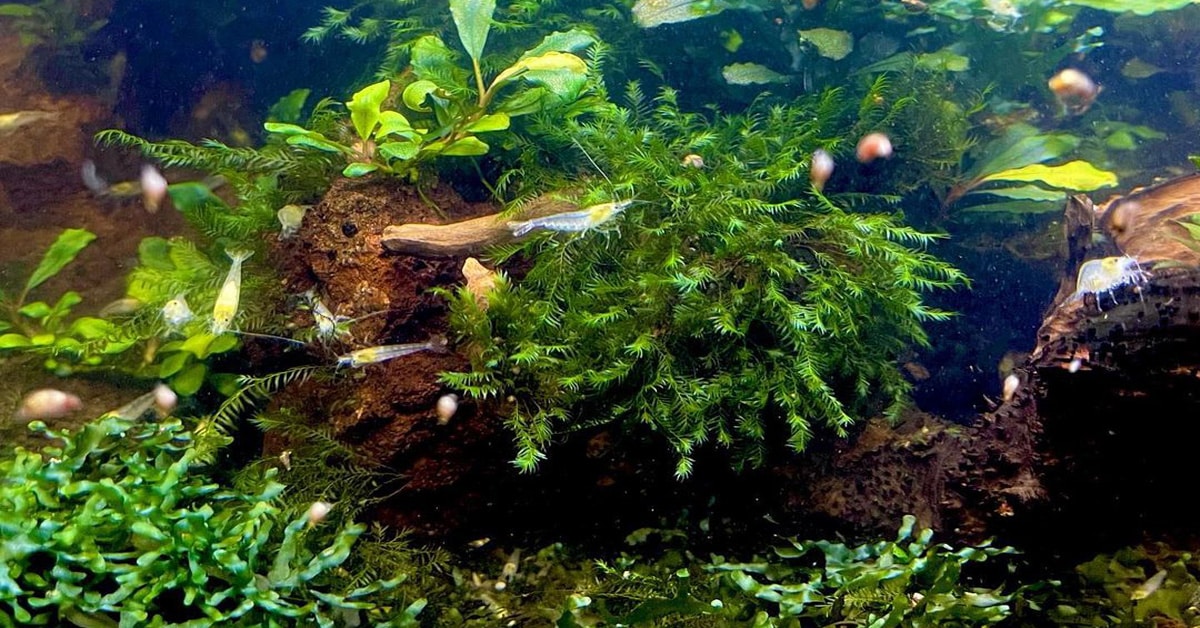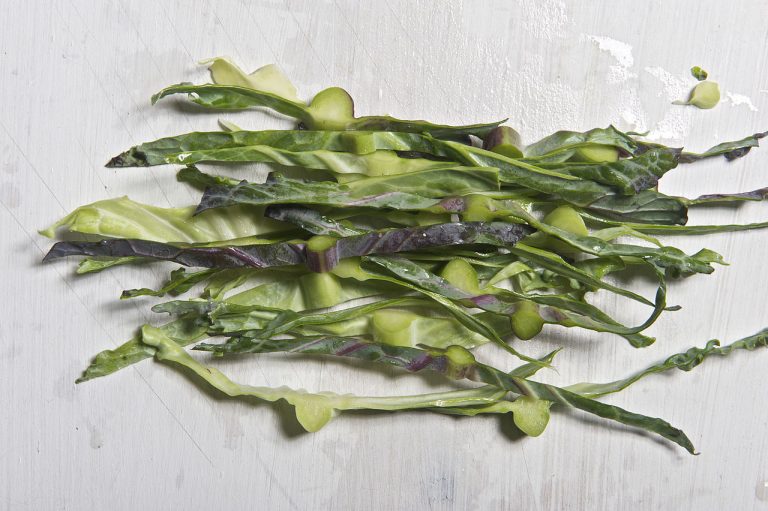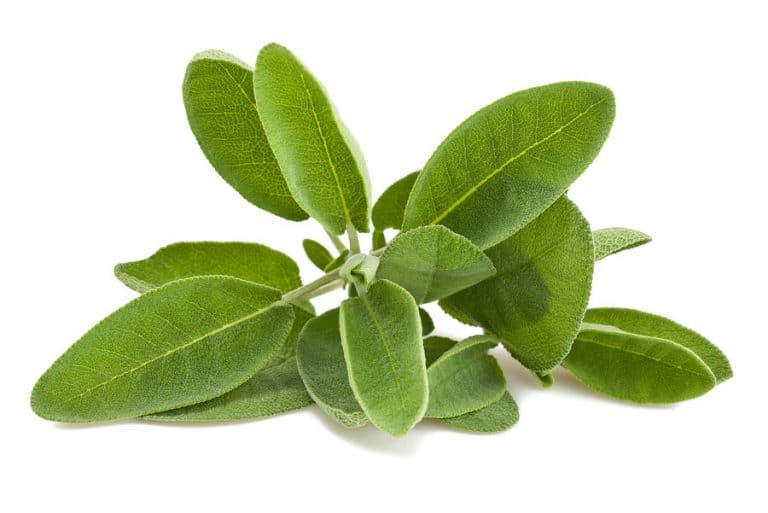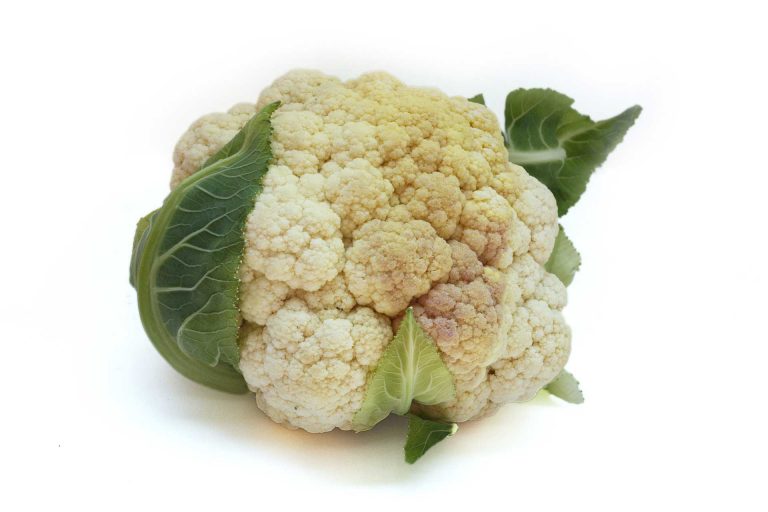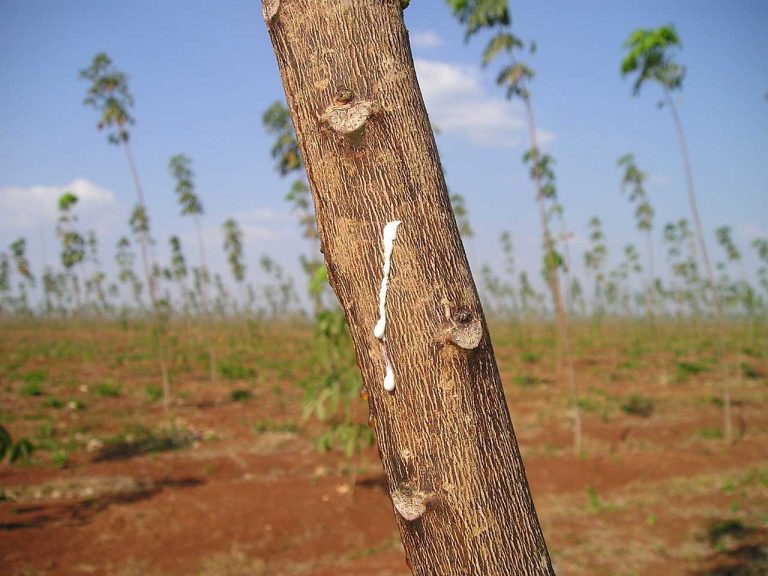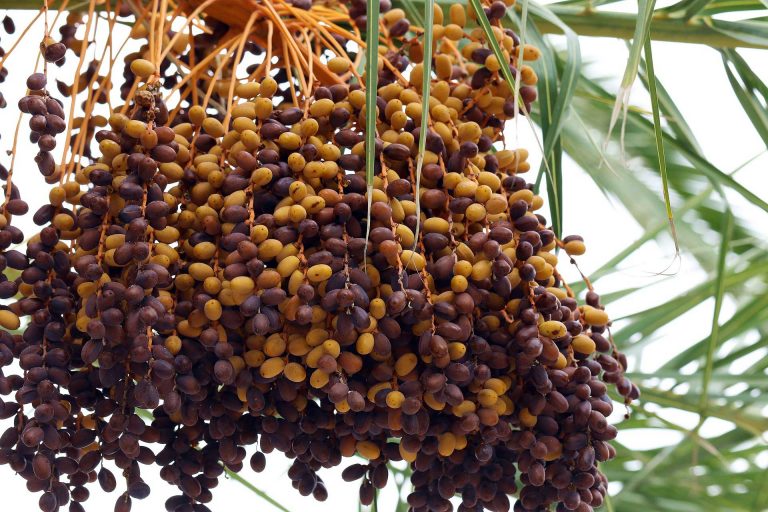Java Moss – Key Characteristics, Planting & Care
Have you heard the quote “Simplicity is genius”? When it comes to plants, we can consider Java Moss as the physical embodiment of this saying!
This fascinating, low-maintenance alternative to grass is native to Southeast Asia, particularly in Java, where it gets its name from. Java Moss is an amazing addition to any garden and it can also be used as a decorative plant for aquariums, indoor designs, and landscaping.
Not only do java mosses have very brilliant potential, but they also thrive in extreme conditions other plants won’t even survive. While you may already be amazed at these intriguing features, you may also want to obtain knowledge about its growth to understand when you can achieve its dream look.
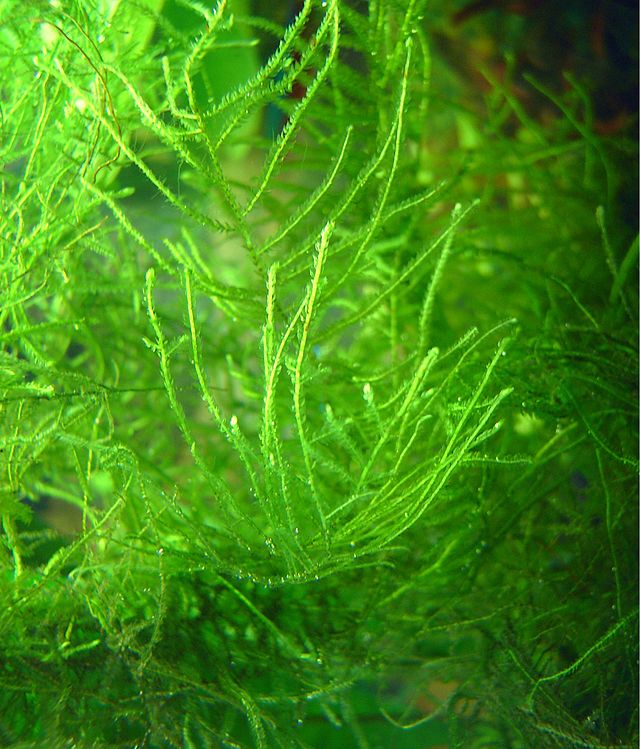
How to Grow Java Moss: Key Features & Characteristics
Cultivating and maintaining Java Moss is a straightforward task. Its resilience in low-light environments makes it an ideal choice for filling gaps in your aquarium where other plants struggle to thrive.
However, to ensure optimal growth and vitality for your Java Moss, it’s essential to keep the following 5 key factors in mind:
1. Size of the Aquarium
The size of the aquarium can indeed impact the height and overall health of Java Moss. In smaller tanks, Java Moss may not grow as tall or lush as it would in larger tanks, as limited space can restrict its vertical growth. The ideal tank size for Java would be around 10 gallons or more, allowing it room to flourish.
Regardless of the size of the aquarium, to maintain the health and growth of your Java Moss, consider using a canister filter. This essential piece of equipment provides a high-quality filtration system that creates an optimal freshwater environment for the creatures in your aquarium.
2. Water Paraments
Like all plants, Moss requires water for its complete and beautiful development. However, Java Moss has specific temperature preferences that set it apart from other moss varieties. Ideally, it thrives in freshwater environments with a slightly cooler temperature range, typically between 70°F and 75°F. Interestingly, this means you may not need aquarium heaters to maintain these conditions.
Furthermore, Java Moss flourishes in soft, acidic water. To ensure its optimal growth, it’s essential to regularly monitor the pH level of the water and maintain it within a range of 5 to 8. If the pH level in your aquarium drops too low, a quick remedy is to introduce rocks and shells, which can help elevate the pH level promptly.
It’s worth noting that Java Moss can only survive in moderately brackish water with low to medium salt content. While tap water is generally suitable, it’s advisable to use aquarium-safe chemicals available in pet stores to ensure the well-being of both your fish and plants.
Don’t worry if you have limited space — in that case, investing in a saltwater aquarium can be a practical solution. This setup makes water changes more manageable and eliminates the need for costly gravel, rocks, and decorations.
3. Lighting
Java Moss thrives and undergoes photosynthesis when exposed to ample lighting, with brighter light intensities promoting faster growth. Interestingly, this species is also adaptable to low light conditions and can even survive in complete darkness, although it won’t reach its full potential under such circumstances.
This resilience makes Java Moss lighting requirements less critical compared to other factors such as water parameters. Therefore, you don’t necessarily need to invest in complex lighting equipment; a standard T5 fluorescent bulb or a suitable LED aquarium lighting fixture should suffice for its growth.
4. Nutrient Dosing
When it comes to the proper planting of Java Moss, it’s essential to consider the significant factors of nutrients and CO2. While you may not necessarily need to get too fancy with nutrient dosing, it can certainly benefit the growth of your plants.
Supplementing with additional fertilizer or CO2 can potentially accelerate the rate of development. Specifically, periodic application of liquid fertilizer can stimulate new growth and improve the overall vigor and well-being of the moss. Even if you don’t require an extensive nutrient-dosing regimen for your Java Moss carpet, any effort you put into this aspect of care can initiate positive results.
5. Competition with other plants
In the diverse ecosystem of a larger aquarium housing a variety of aquatic plants, Java Moss may find itself engaged in a battle for resources and space. Fast-growing plants, such as stem plants, or carpeting species like dwarf baby tears have a propensity to overshadow their neighbors. Their rapid expansion can cast shadows over the Java Moss and limit its access to essential light.
Additionally, aggressive plants may outcompete Java moss for nutrients, particularly nitrogen and phosphorus, and leave less for the Java Moss. As a result, Java Moss can struggle to maintain its vibrant green color and robust growth.
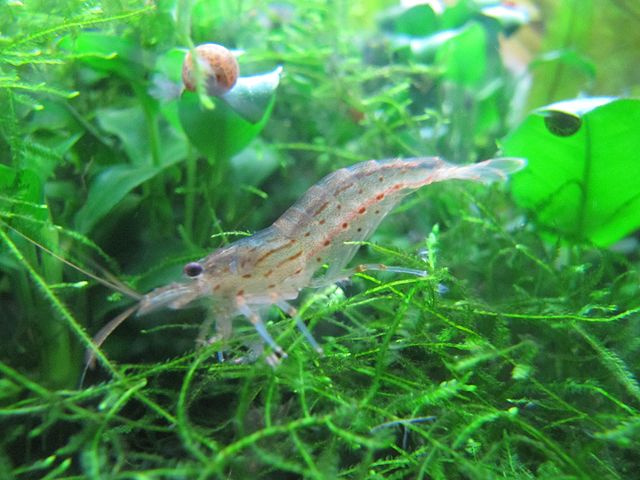
How Fast Does Java Moss Grow?
Under optimal conditions characterized by ample lighting and nutrient availability, Java Moss exhibits rapid growth, with rates reaching up to 5 millimeters per day or even higher. However, when deprived of adequate light and nutrients, its growth can decelerate significantly, resulting in slower development.
Java Moss is renowned for its exceptional growth in aquatic environments, where it can double its size within a matter of days. Left unchecked, it can easily dominate an aquarium, making it a suitable choice for tanks with limited space. This eliminates the need for additional plant additions to achieve a lush appearance.
The growth rate of Java Moss is also influenced by its growing medium. While this moss can thrive in various substrates, it is commonly cultivated in soil, water, or on solid surfaces such as rocks, bricks, pots, and walls. Generally, mosses establish themselves more slowly when attaching to solid surfaces, as this process takes time. Conversely, mosses grown in soil tend to exhibit rapid growth due to their ability to absorb moisture more readily.
In its typical growth state, Java Moss attains an average height of 2 to 4 inches (5 to 10 cm). Nonetheless, in environments with limited light, untrimmed plants may grow taller.
How to Plant Java Moss
Creating a stunning Java Moss carpet is a rewarding project for any aquarium enthusiast. Let’s take a look at our structured guide on different methods to securely plant Java Moss in your aquarium.
Anchoring Java Moss
To begin, it’s essential to anchor the Java Moss onto a stable surface to prevent it from floating. One of the most popular choices for this purpose is Java Moss driftwood pieces. If you don’t have suitable driftwood, you can also attach the moss to rocks.
Using Thread or Fishing Line
The first method involves securing the moss with small fishing lines or cotton thread. This helps hold the moss in place as it begins to take root, which typically happens within about 3 weeks.
Using Superglue
Alternatively, you can use superglue to affix the moss to a more substantial object in your tank. To do this, make sure both the moss and the object are slightly dry, using paper toweling if necessary.
Apply a few small dabs of superglue to the moss and press it firmly against the object for about five seconds. Then, allow the weighted object to sink to the tank’s bottom, securing the moss in place.
PVC Mesh Technique
But if you’re looking to cultivate a larger quantity of Java Moss in your tank, a useful technique involves sandwiching the moss between layers of PVC mesh and using suction cups to hold it against the aquarium wall. This method creates a solid moss wall and is particularly effective for creating a lush background in your tank.
How to Propagate Java Moss
The most straightforward method for propagating Java Moss involves the division of the plant. For this, you should snip a small section and replant it. As a result, you can easily create new growth. Even a mere 2-inch cutting can suffice for nurturing a fresh plant.
In its native habitat, the plant often experiences natural detachment, particularly when it grows excessively long. The tips of the plant may naturally break off, enabling it to establish itself in a new location. Consequently, it’s crucial to handle the plant with care since detachment occurs readily.
These separated plant cuttings can be relocated to various spots. In its natural surroundings, the plant drifts along with the water currents until it finds a suitable settling place. Within a few weeks, the rhizoids, tiny root-like structures, will firmly attach themselves to the chosen object.
It’s important to note that newly planted cuttings may not exhibit immediate growth. It might take a few weeks for the plant to establish itself and begin growing at an optimal rate. While fertilization and adequate lighting are crucial factors for healthy growth, it’s essential to exercise caution as excessive amounts can lead to unwanted algae proliferation.
Final Thoughts
In conclusion, incorporating Java Moss into your aquarium setup offers numerous benefits that are sure to be valued by both the aquatic inhabitants and their caretakers. This remarkable plant serves as an effective water purifier, effectively reducing the presence of detrimental substances such as nitrates, thus safeguarding the well-being of the fish and other aquatic creatures.
Now that you know so much about Java Moss, we’re sure you won’t have a hard time deciding to add this special plant to your aquarium!

Nato is a content writer and researcher with a background in psychology who’s eager to explore the wonders of nature. As a travel enthusiast and animal lover, she hopes to inspire others to discover and cherish the beauty and importance of the natural world.

